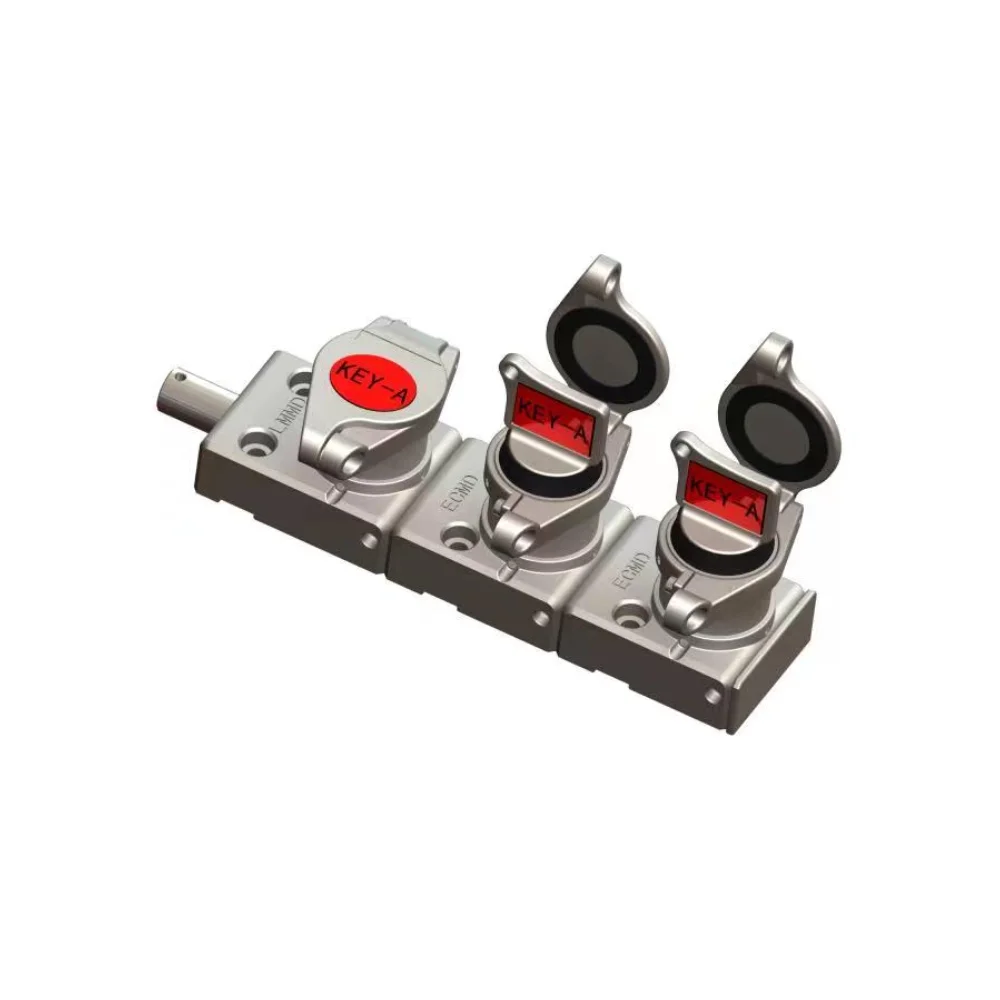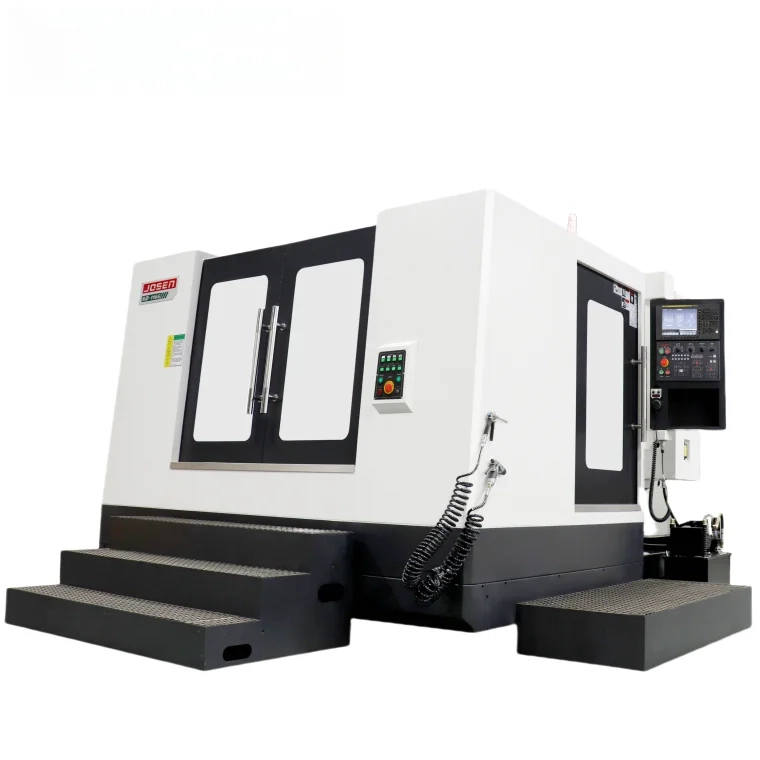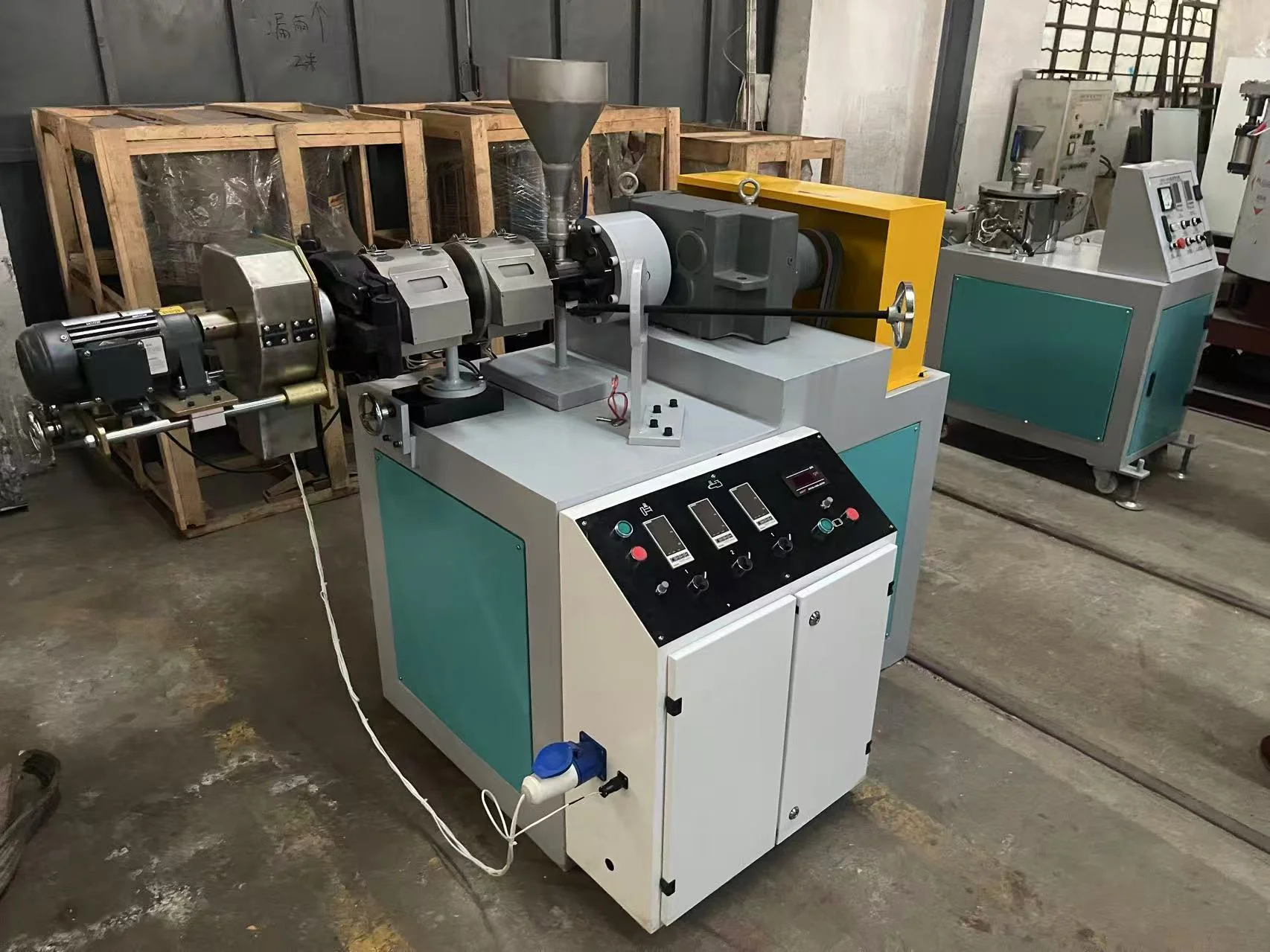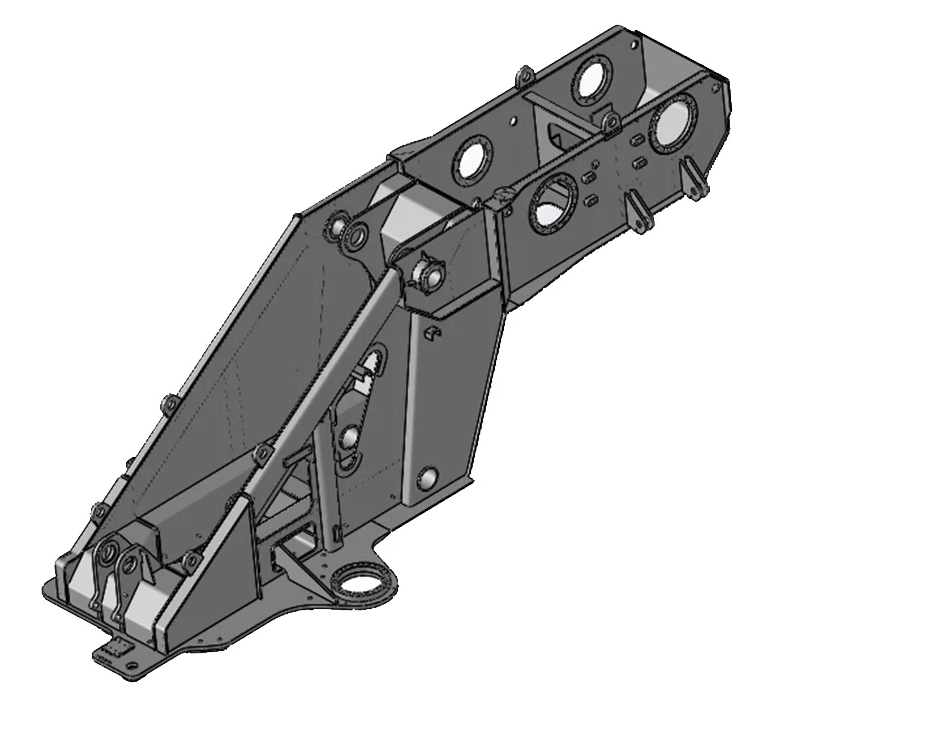With the in-depth development of industrial automation, safe production and intelligent manufacturing, the safety control system of industrial equipment is facing unprecedented technological innovation and market expansion needs. In this context, Trapped key interlocking, as a high-reliability, low-maintenance and highly secure mechanical safety interlocking device, has gradually received high attention and attention from various industrial users. So, is the market demand for such systems large? This article will comprehensively analyze the market demand and development prospects of the trapped key interlocking system from multiple dimensions such as technical advantages, application scenarios, market trends, policy promotion and industry pain points.
1. What is Trapped Key Interlocking?
Trapped key interlocking is a physical interlocking mechanism based on the "key control process". The system controls the release and locking of keys mechanically to achieve precise management of the equipment operation process and avoid safety accidents caused by misoperation.
Its core concept is: in an operation process, the release of a key must be based on the premise that another step is safely completed, thus forming a logically clear and non-skippable operation process. For example, when a device has not completed the shutdown procedure, the associated door lock key will not be able to be removed, and personnel will not be able to enter the dangerous area.
2. Why does market demand continue to grow?
Increasingly stringent safety regulations
In recent years, countries have continuously strengthened their supervision of industrial safety. For example, China's "Safety Production Law" and the EU's "Machinery Directive (Machinery Directive 2006/42/EC)" and other regulations have put forward clear requirements for interlocking systems between equipment. Traditional electrical interlocking or software control may fail due to circuit failure or human intervention, while trapped key interlocking, as a physical isolation system, can meet higher levels of safety protection requirements, and therefore has become the first choice for various high-risk industries.

The rigid demand for safety systems in high-risk industries
In many high-risk industries such as electricity, steel, petrochemicals, railways, nuclear energy, metallurgy, and food processing, personnel and machines frequently collaborate, and the equipment structure is complex. Once an operation error occurs, it is very easy to cause a major accident. The demand for safety interlocking in these industries is not an "optional option", but a rigid configuration.
Taking the power industry as an example, the isolation operation of substations and switch cabinets has extremely high safety requirements. Trapped key interlocking system can be used for isolating switch operation, grounding switch operation and door lock interlocking, effectively preventing accidental entry into live intervals and ensuring personnel safety.
The trend of replacing traditional electrical interlocking is obvious
Although electrical interlocking and PLC logic control are commonly used in safety control, they have certain defects, such as circuit failure, programming errors, and the risk of tampering. The trapped key interlocking system is a purely mechanical structure, maintenance-free, anti-electromagnetic interference, and cannot be hacked. Therefore, more and more companies tend to use this system as the main or auxiliary interlocking mechanism.
3. Market size and growth forecast
According to data from market research institutions, as of 2024, the global trapped key interlocking market size has exceeded US$800 million, and it is expected to maintain a steady growth of 6% to 8% per year in the next five years. Among them, emerging markets such as China, India, and Brazil are growing particularly rapidly. It is expected that the market size will exceed US$1 billion by 2028. In China, due to the continuous advancement of industrialization and the continuous increase in safety policies, the local market has shown a faster growth rate.
In addition, with the development of intelligent interlocking technology, the traditional trapped key interlocking system is also evolving. The intelligent interlocking system realizes real-time monitoring, alarm feedback and remote operation and maintenance management of interlocking status by coordinating with PLC controllers and industrial network systems, making it revitalized in the intelligent manufacturing system.
The main driving forces are as follows:
China's intelligent manufacturing and local industrial upgrading: The "Made in China 2025" strategy proposes to improve the intelligence and safety level of industrial equipment and provide policy support for the localization of trapped key systems.
Renewal of traditional industrial countries in Europe: The industrial equipment renewal cycle in Germany, the United Kingdom, France and other countries has gradually entered its peak period, and the original electrical interlocking system has been gradually replaced by physical interlocking.
The safety audit system of large industrial plants in North America is becoming increasingly strict: it has promoted the widespread application of trapped key interlocking in petrochemical, power, mining and other fields.
4. Application Industry
Power and energy industry: In substations, high-voltage switchgear, and wind power generation systems, in order to avoid accidentally entering the maintenance area when the power supply is energized, the trapped key interlock is used to achieve the "power off-grounding-door opening" sequence control.
Manufacturing and heavy industry: On high-risk operating equipment such as punching machines, injection molding machines, and CNC machining centers, the interlocking mechanism is used to force the equipment to shut down before entering for maintenance, which is an important means to improve the safety level of operations.
Transportation system: In scenarios such as railway signal systems and subway screen door control stations, trapped key interlocks can realize logical interlocking between operating positions to ensure that train operation and maintenance operations do not interfere with each other.
Chemical and pharmaceutical industries: Due to the involvement of flammable, explosive, and toxic substances, these industries rely more on mandatory physical isolation control. Trapped key interlocks are widely used in key equipment such as reactors, pipelines, and laboratories.
As an important part of industrial safety control, trapped key interlocks have performed well in practical applications in many fields with their strong logic, high reliability, and wide adaptability. At present, the market demand for such products is not only real, but also continues to expand, and the future development potential cannot be underestimated.
Whether it is traditional manufacturing, energy industry, or emerging intelligent factories, as long as it involves personnel safety and equipment authority control, trapped key interlocks will become an indispensable part.
Nudango is a high-tech enterprise specializing in the research and development, manufacturing and sales of trapped key interlocking systems. We are committed to providing stable, reliable and highly adaptable interlocking product solutions for industrial users around the world. We have a complete production line, a strict quality management system, and have passed ISO9001 quality certification and a number of international standard certifications. Our products are widely used in power systems, chemical companies, automated workshops, logistics centers, transportation hubs and many other fields. If you have any needs for trapped key interlocking systems, please feel free to contact us. Nudango will provide you with a one-stop industrial safety solution to build a safe production line together!
www.nudango.com
Shanghai Nudango Safety Equipment Co., Ltd.




